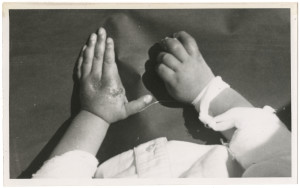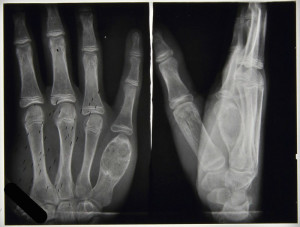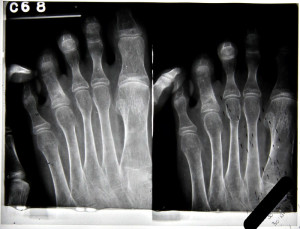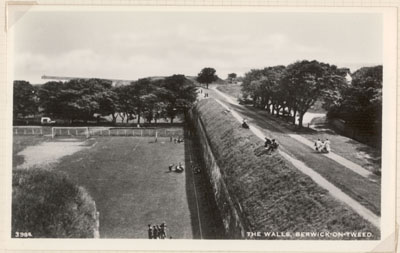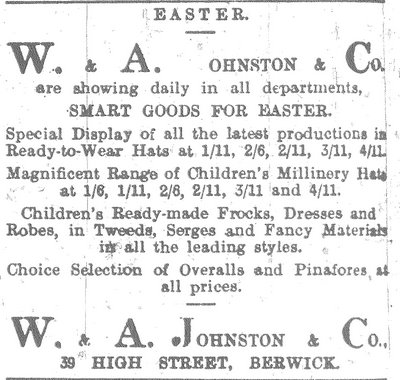Amongst the many collections held by Northumberland Archives are the papers of the Netherton Reformatory. The Reformatory was situated north east of the village of Stannington, just off the A1, 10 miles north of Newcastle-upon-Tyne, and was built in 1853, as a reformatory for ‘delinquent’ boys. Within this collection you will find many records relating to the boys that spent time in the Reformatory. These include admission and discharge registers and information about the conduct of the boys during the time they spent there.
Northumberland Archives recently worked with Voices Making Choices [VMC], which is Northumberland’s Children in Care Council. They currently look after 325 children from birth up to 16 years old as well as approximately 150 young people aged between16 and 24, who are preparing to leave the care system.
Recently VMC created an exhibition to commemorate the great history of Netherton Park Children’s Homes, from its opening in 1853 up until its planned closure in 2014. VMC wanted to look back and see how looked after children in the early 1900’s lived and were cared for so they could compare this to their lives as a looked after child today.
To commemorate the 100 year anniversary of the First World War the group decided to look closer into researching Netherton Park’s history around 1914 and during the research the group found that 570 young people from Netherton volunteered to defend our country in the First World War.
The young people involved have helped research the content at the Northumberland Archives at Woodhorn and have worked with a photographer to create an exhibition and a photography book.
Using our records we are able to build up a picture about the life of one of the boys – David Eckstein.
David Eckstein was born in London around 1896 and was admitted to the Reformatory on 10th July 1909. He was 5ft tall with a small face and fresh complexion, dark hair and dark brown eyes, weighing 86lbs. He also had a tattoo on his forearm. [Ref NRO 820/B9]. He was convicted in London on 9th July 1909 for feloniously stealing a pair of shoes and a pair of opera glasses worth 5 shillings and 6 pence. For this he was sentenced to stay at the Reformatory until he was 19 years old.
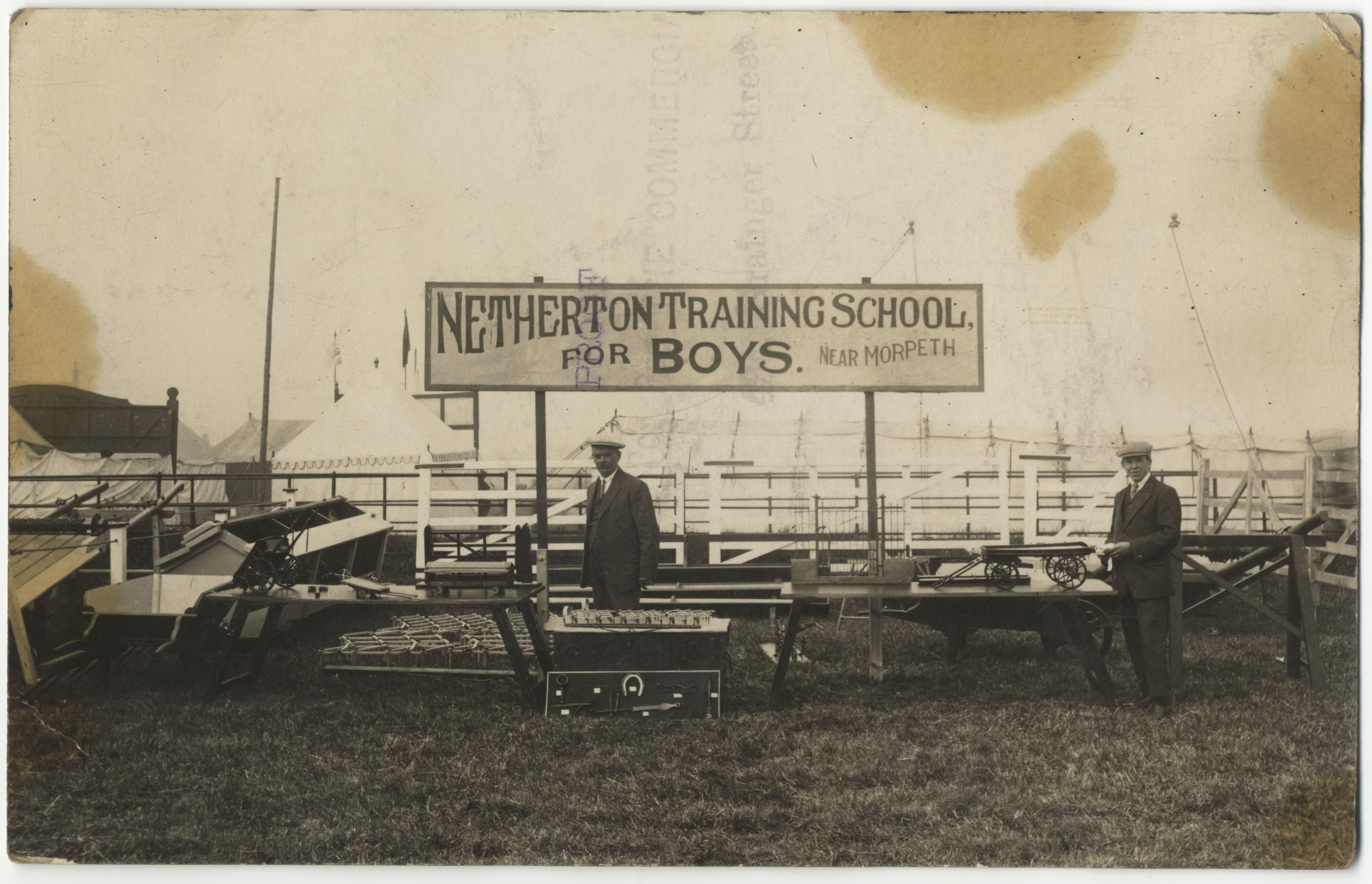 David was a Jewish boy from one of the poorest parts of London. How did he end up so far from home? A letter held by London Metropolitan Archives, dated 7th July 1882 confirms that ‘Netherton Reformatory’ is the only school in England, which receives Jewish boys and educates them apart from Christian Worship.’ [Ref LMA/MJ/SP/1882/07/016].
David was a Jewish boy from one of the poorest parts of London. How did he end up so far from home? A letter held by London Metropolitan Archives, dated 7th July 1882 confirms that ‘Netherton Reformatory’ is the only school in England, which receives Jewish boys and educates them apart from Christian Worship.’ [Ref LMA/MJ/SP/1882/07/016].
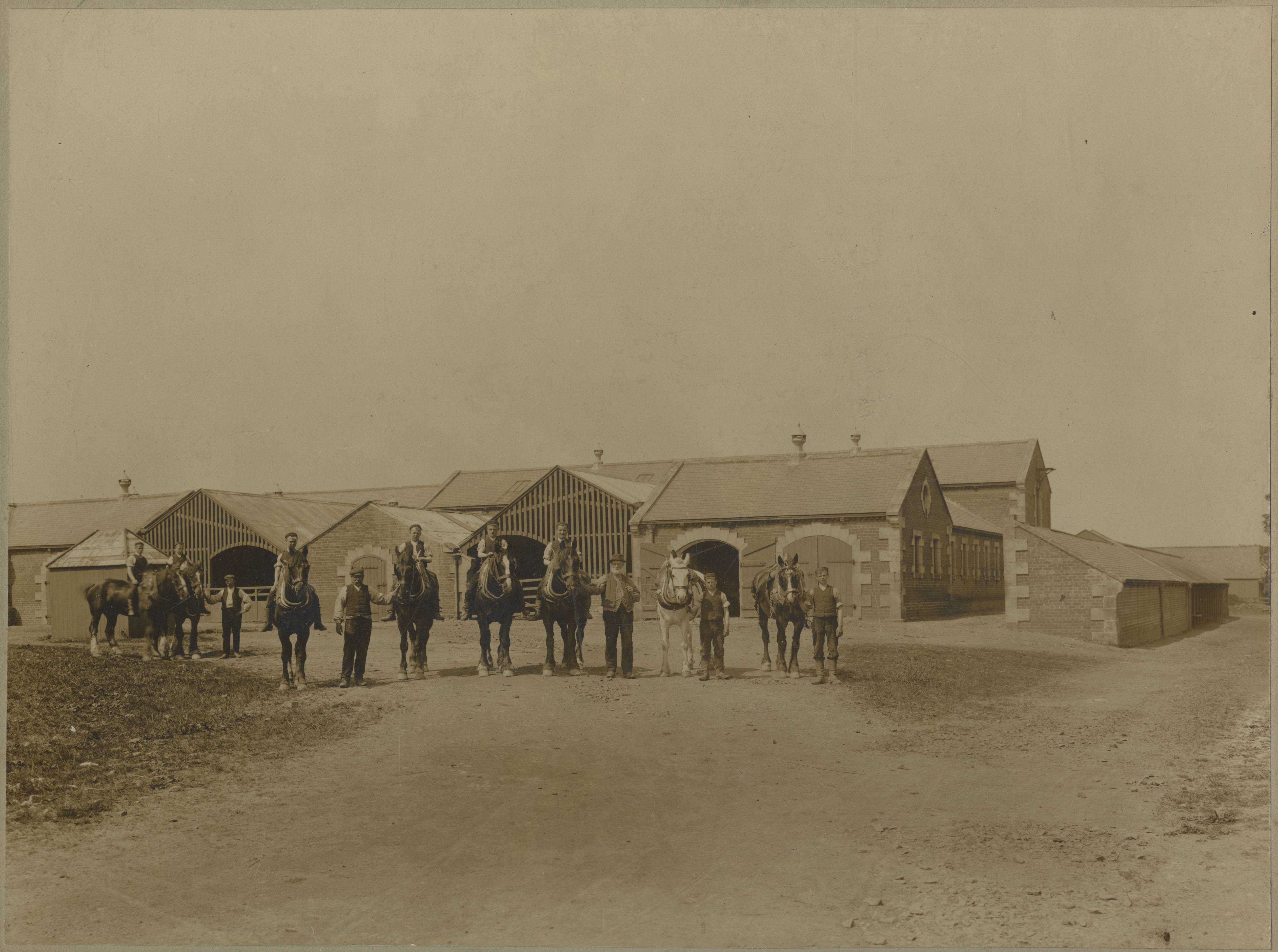 A reformatory was an institution aimed at re-educating boys who had committed a criminal offence. Their parents were expected to make a contribution to the cost of their keep. These payments could have been as much as 5 shillings a week – equivalent to around £15 today. The age of entry and discharge changed over the years, but by 1893 the minimum age on entry was 12 whilst the age on release had gone from 21 to 19. Following the Children & Young Person’s Act of 1932, Reformatories and Industrial schools were amalgamated to form what was known as an “Approved School.”
A reformatory was an institution aimed at re-educating boys who had committed a criminal offence. Their parents were expected to make a contribution to the cost of their keep. These payments could have been as much as 5 shillings a week – equivalent to around £15 today. The age of entry and discharge changed over the years, but by 1893 the minimum age on entry was 12 whilst the age on release had gone from 21 to 19. Following the Children & Young Person’s Act of 1932, Reformatories and Industrial schools were amalgamated to form what was known as an “Approved School.”
The Headmaster at Netherton lived in the large Victorian house in the centre of the school. The staff lived in houses adjacent to the large dormitory building where the boys slept. The boy’s life’s involved working on the farms and workshops, where they were taught various skills. Many of the local farmers purchased carts, implements and gates from the Reformatory as well as employing the boys as casual labour. Netherton also had its own chapel and playing fields.
What must David had thought about this place. He was from Whitechapel and had been sent to the wild open countryside of Northumberland. This must have been a cultural shock to him. Fresh air and strange accents?
The admission register provides us with a wealth of interesting information about his family with additional information gleaned from viewing the census records. By 1909 his father had dead and his mother Eva Eckstein was working as a tailoress. David had a brother called Jack who was 8 years old and the family were living at 22 Collingwood Street, Bethnal Green. Further family members are listed as Uncle W. Solomon & Auntie Kitty Solomon of 44 Rectory Square, Stepney.
Whilst at the Reformatory David was involved in a number of incidents which resulted in the deduction of various merit points as revealed by entries in the Reformatory Conduct Book [ref NRO 820/C3]. Some of the offences listed were – deceitful conduct, inattention to prayers; bad/neglecting work, not brushing his hair; pinching turnips & talking whilst cleaning teeth to name but a few!
In 1901, David aged 7 was living with his grandparents at 22 Collingwood Street, Bethnal Green. His grandfather, David Eckstein was a 76 year old tailor who had been born in Austria. His grandmother was called Simeh aged 68. The couple had a son called Philip living with them. Philip was aged 34, a general dealer, born in Whitechapel. In the 1871 the family were living at 8 Paradise Place, Christ Church, Whitechapel. The family consisted of David born in Austria, Simeh his wife, born in Poland and their children – Isaac 17; Nathan 11; Sarah 9; Eve 7; Phillip 3 & Leah 1. By 1881 the family were living at 18 Cobbs Court, Spitalfields. Had they moved to London to escape persecution in Europe?
Following David’s discharge in November 1912 [ref NRO 820/B25] he was placed out to Mr Thompson at New Town, Rothbury, Northumberland. In May 1913, he had been hired by Mr Young, a dairy farmer, of Acklington, Northumberland, and by August 1913 David was employed as a fireman by the Ashington Coal Company and was residing at 63 Pont Street, Hirst, Ashington in the house of Mrs Hughes. It would seem at some stage he left the colliery and was advised by the Superintendent to return to work but then started work as an apprentice Cabinet Maker for a Simon Sadopsky.
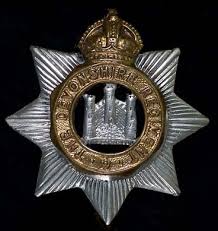 By the end of August 1914 he had volunteered and joined the Army. We know this as the school received a letter from his mother, Eva, to say that he had joined the 2nd Devonshire Regiment and was based in Plymouth. Private No. 6943 ‘D’ Company of British Expeditionary Force.
By the end of August 1914 he had volunteered and joined the Army. We know this as the school received a letter from his mother, Eva, to say that he had joined the 2nd Devonshire Regiment and was based in Plymouth. Private No. 6943 ‘D’ Company of British Expeditionary Force.
A further letter was received by the school from his mother who wrote again on 12th January 1915 to advise the school that David had been ‘Killed in Action’ on 17th December 1914 at Wulverghim, France. Eva wrote again on 6th March sending the school a photograph of David. Unfortunately, this has not survived. Wouldn’t it be great if one day a picture of David is found and we can put a face to this interesting story?
David is commemorated on the Menin Gate, Ypres, Belgium, indicating that in a note on the Commonwealth War Graves Commission website – Eckstein Pte. David 3/6943 of 1st Battalion Devonshire Regiment was ‘Killed in Action’ 17th Dec. 1914 age 21. The son of Mrs Eva Moss (formerly Eckstein) of 13 Providence Place, Aldgate, London.
There are no service or pension papers on Ancestry, but we did find his Medal Index Card which confirms the information we know above. He only arrived in France on 3rd December 1914 and was killed 14 days later. He was awarded the War & Victory medals as well as the 1915 Star.
We were also able to find an article in the Morpeth Herald Newspaper relating to David in the edition of Friday 26th September 1913 –
Stolen potatoes – David Eckstein, Fireman of Pont Street & Fred Bell, Ash-Wheeler of Poplar Street were charged with having stolen potatoes to the value of 6d each the property of Thomas Stamp of Dene House Farm, Ellington on 9th Sept.
P.C. Jones said he was at Ellington Colliery when he saw both of them in a potato field and watched them for some time. They came over the railings and he stopped them. They had a hatful of potatoes each. He asked them what they were going to do with them and they replied ‘We are going to roast them for our supper’
They were fined 5/-each.
We know so much background information about the boys who attended the Reformatory; their lives before and during their stay, but we do not have any photographs in the collection, which are named. Wouldn’t it be great if some day we found photographs of the boys named on the Roll Of Honour so we can put a face to a name!
By Paul Ternent Volunteer Manager for Northumberland At War.

